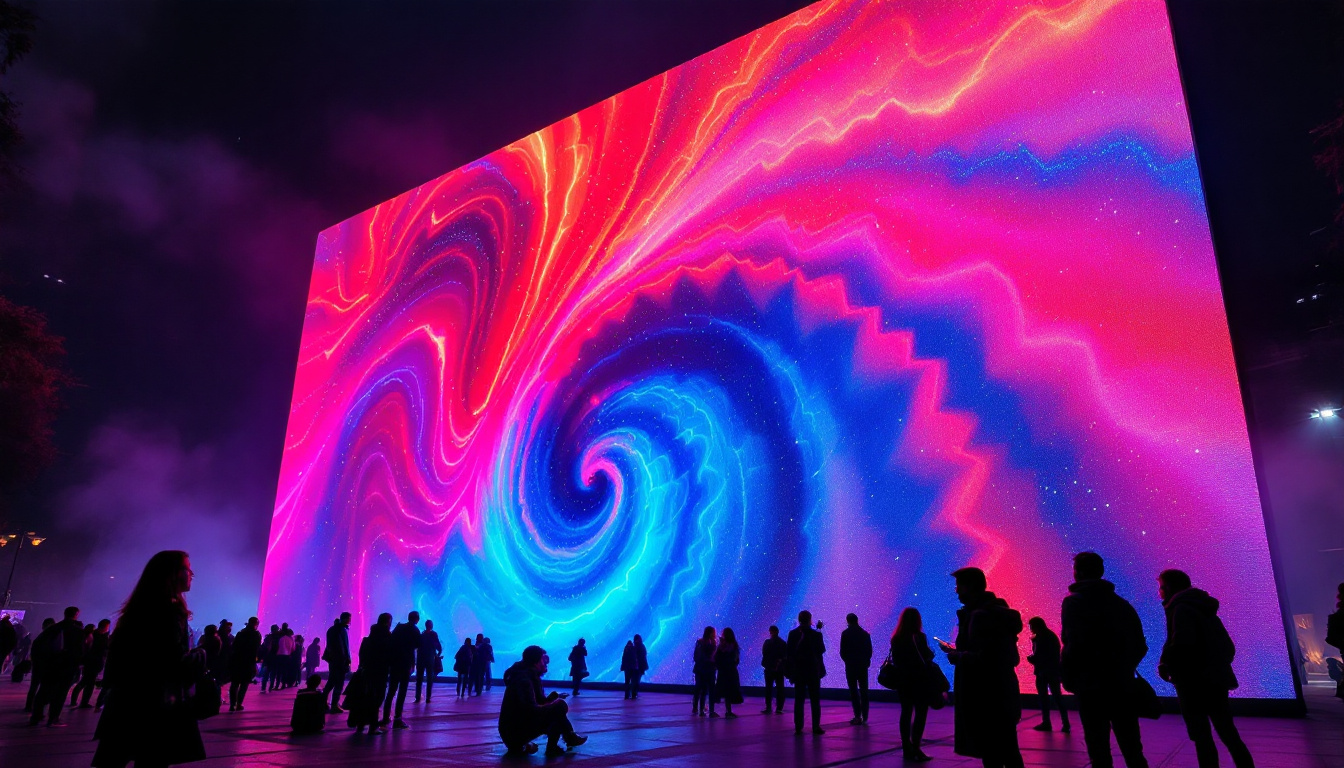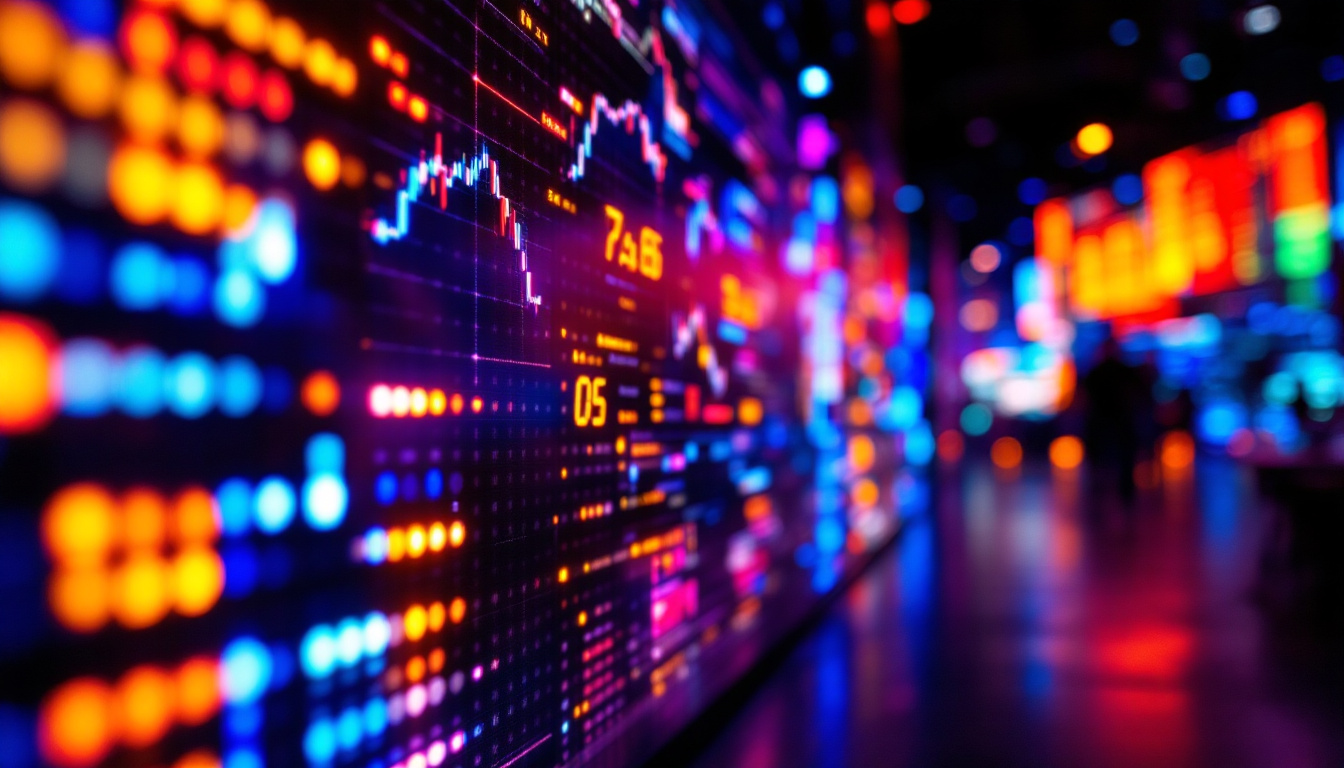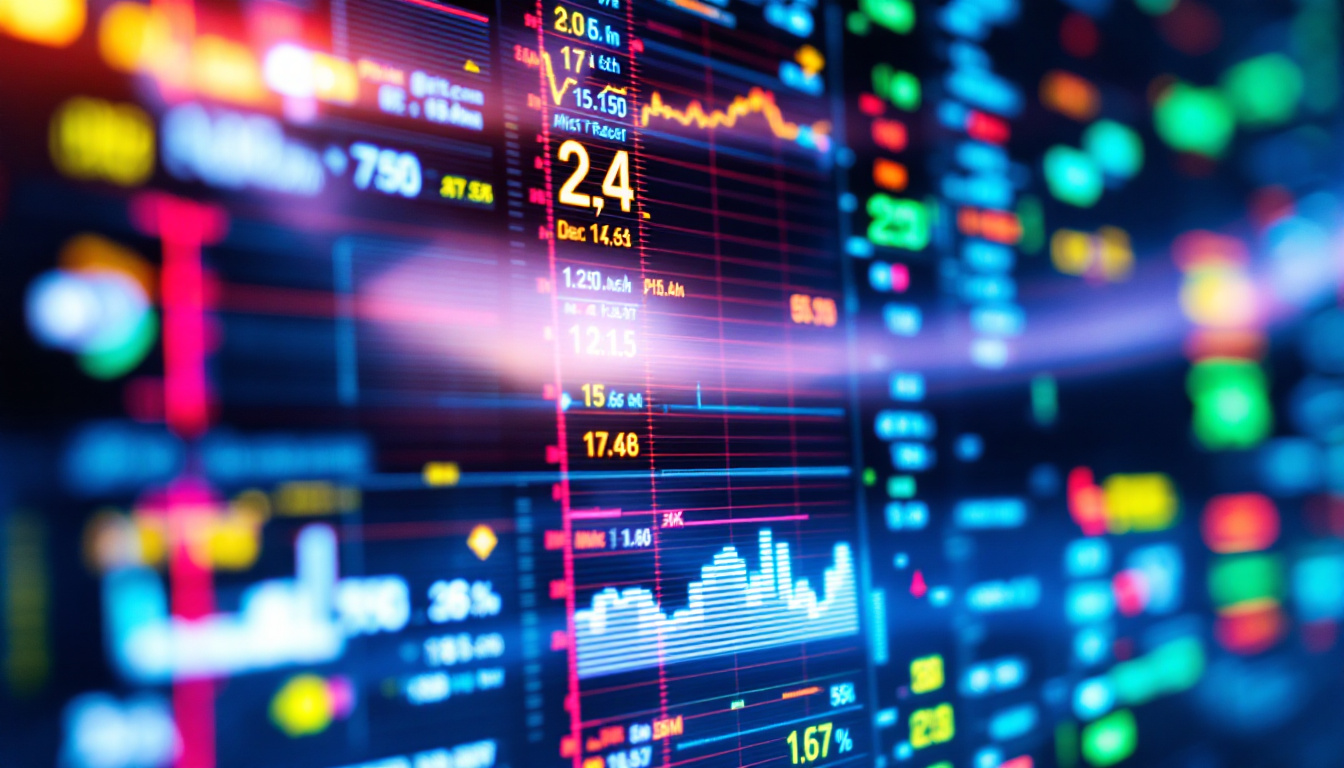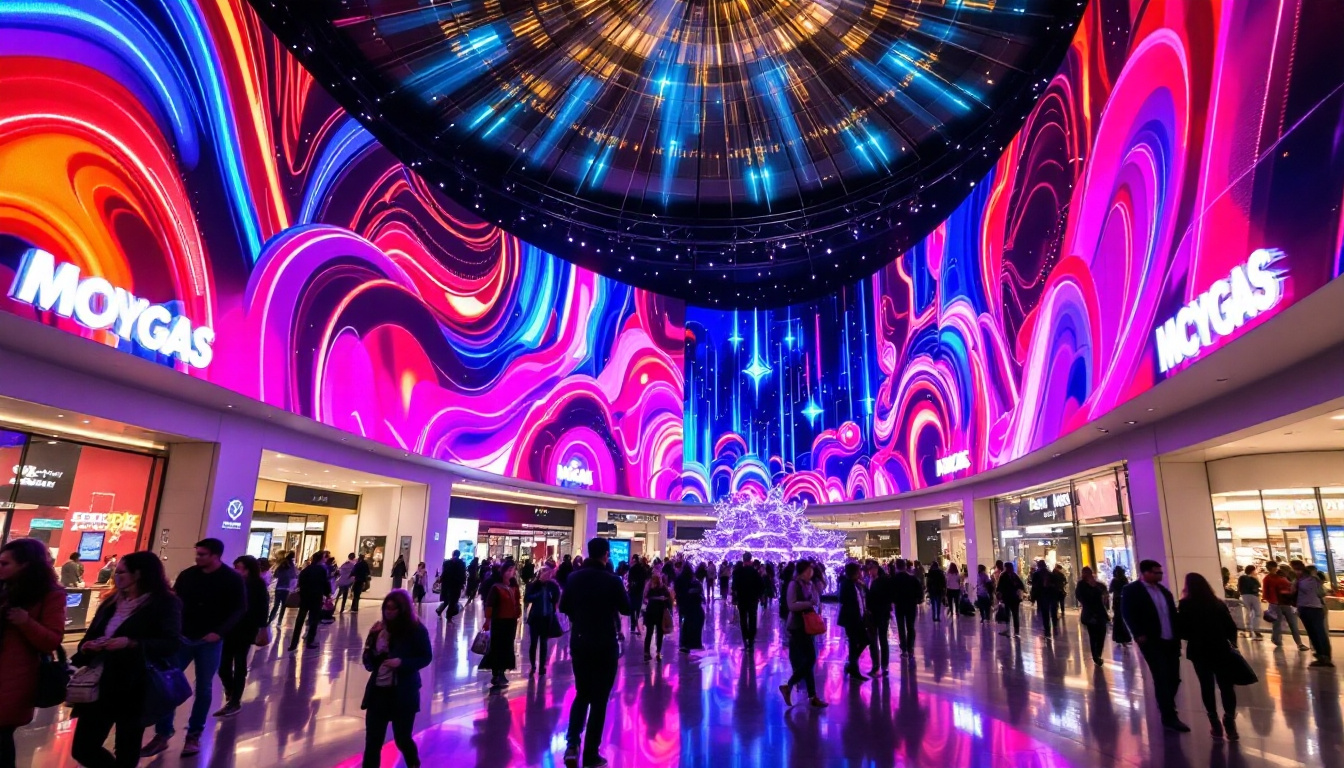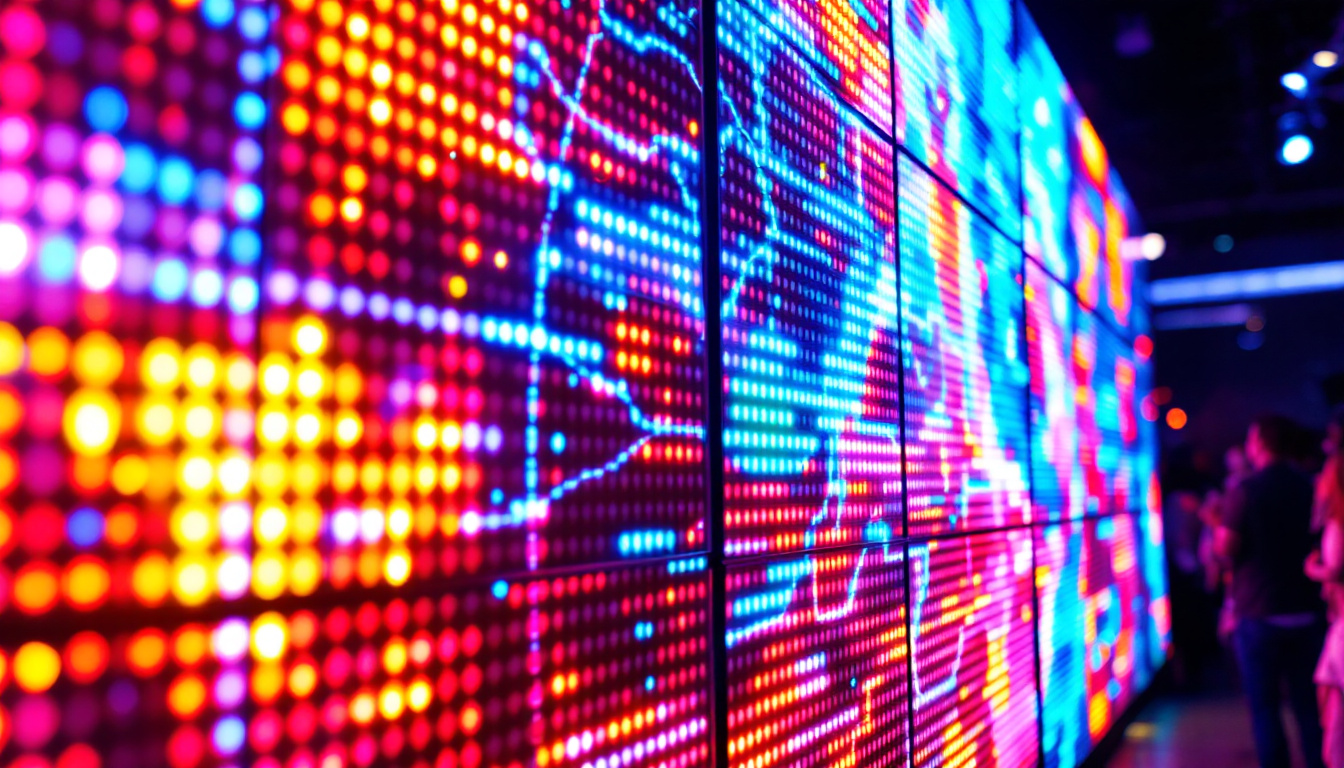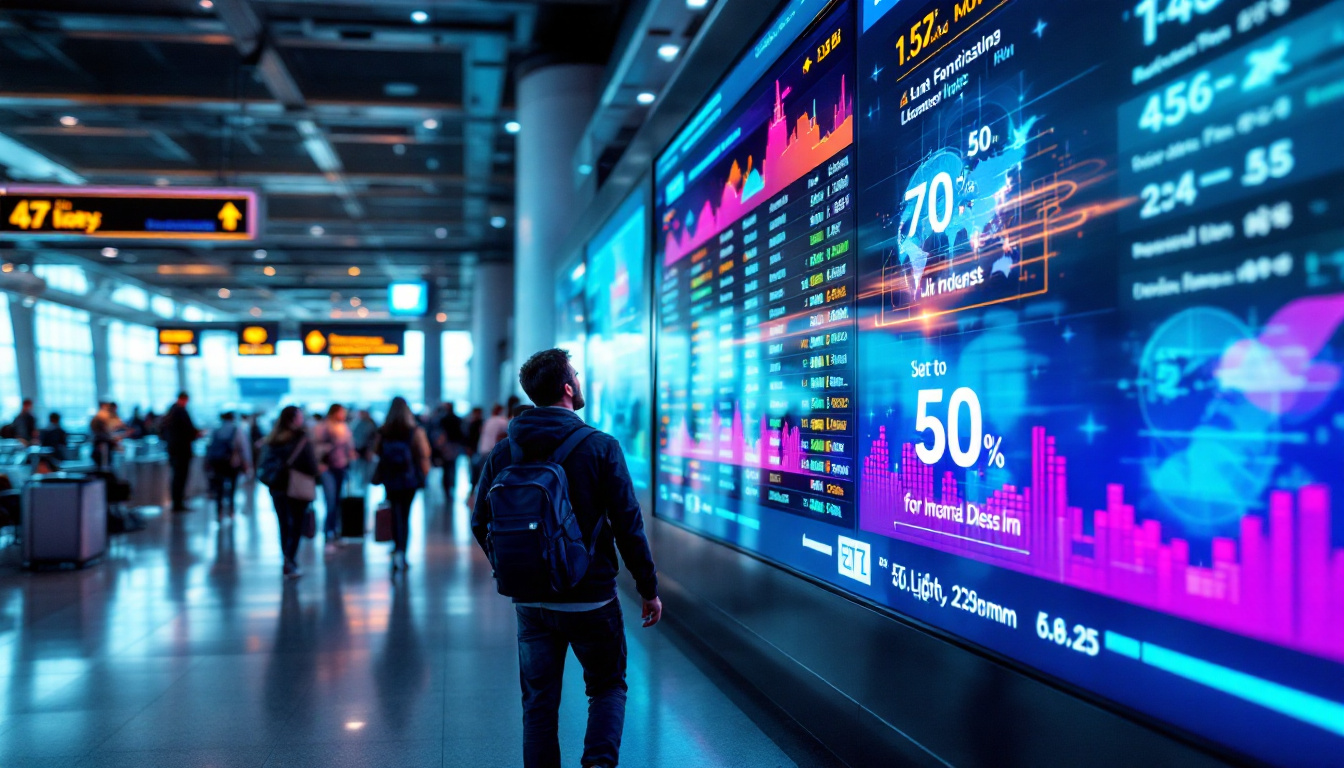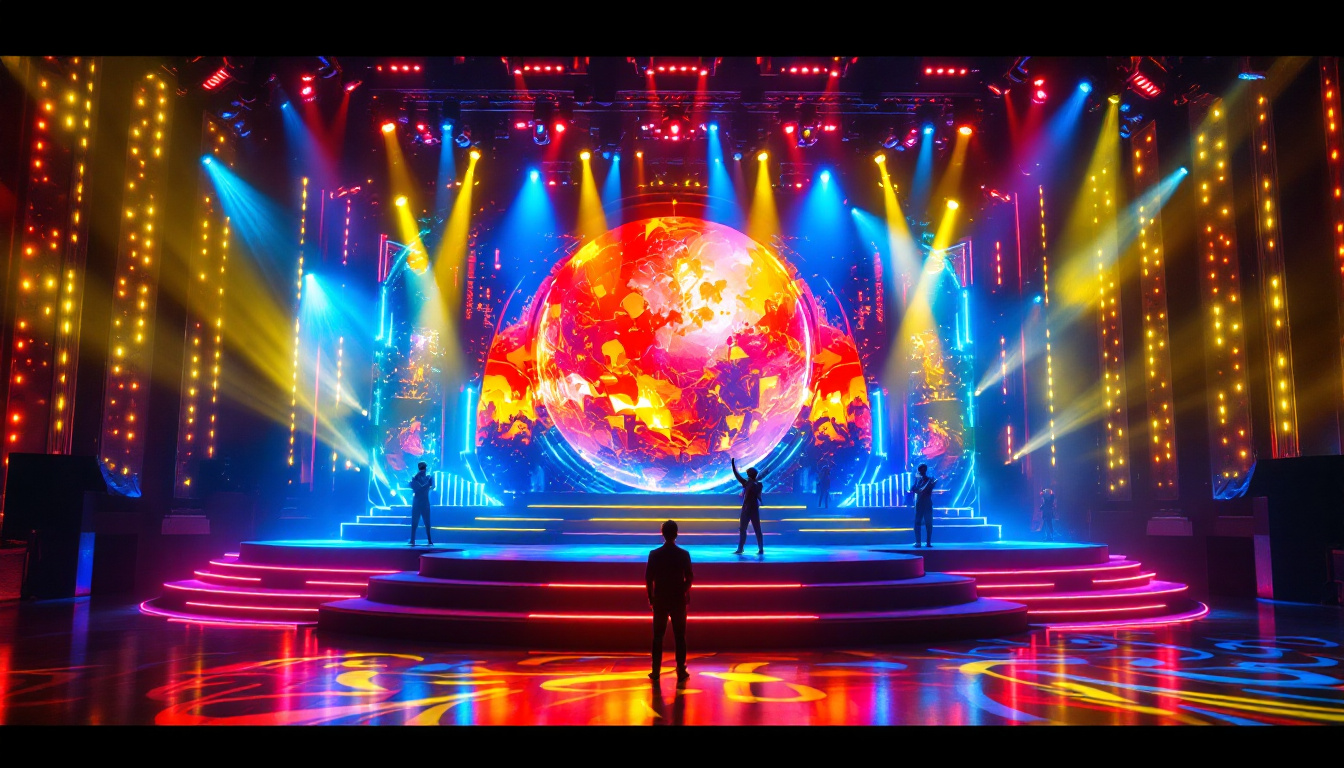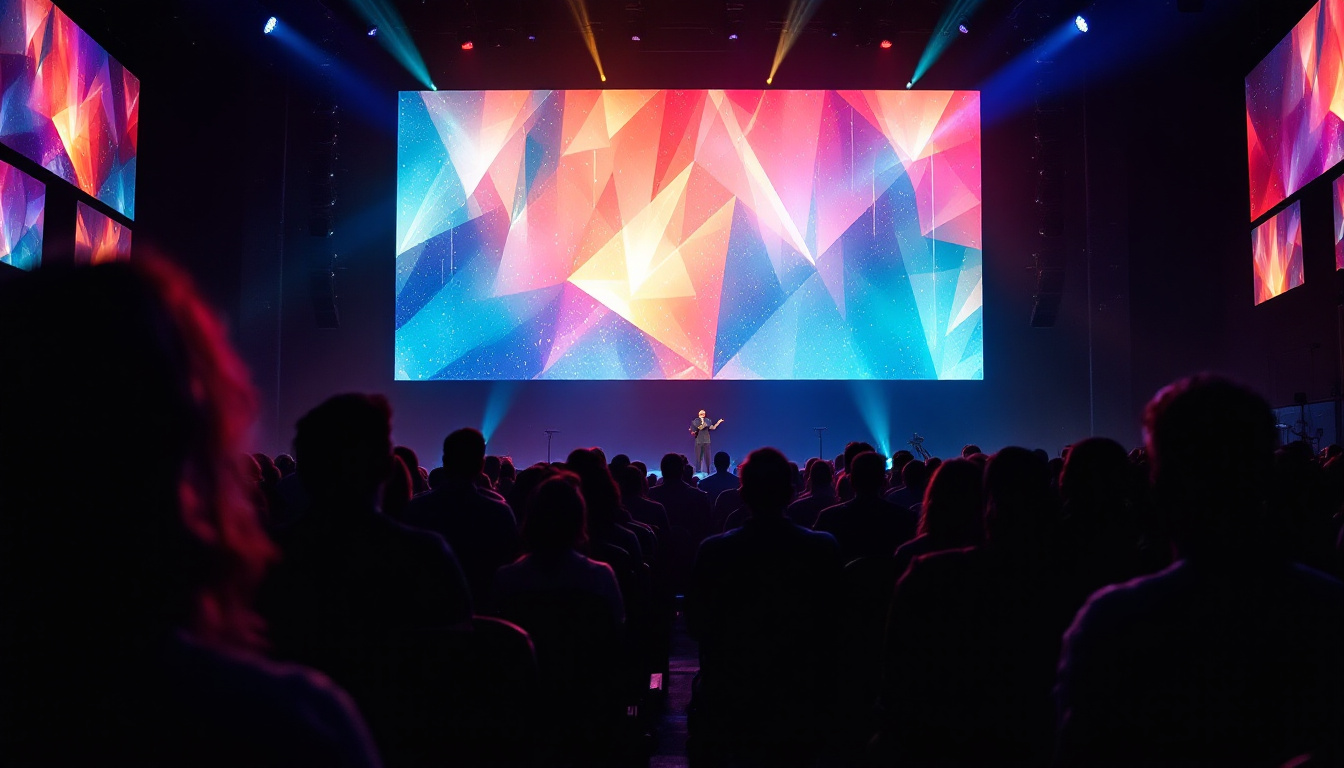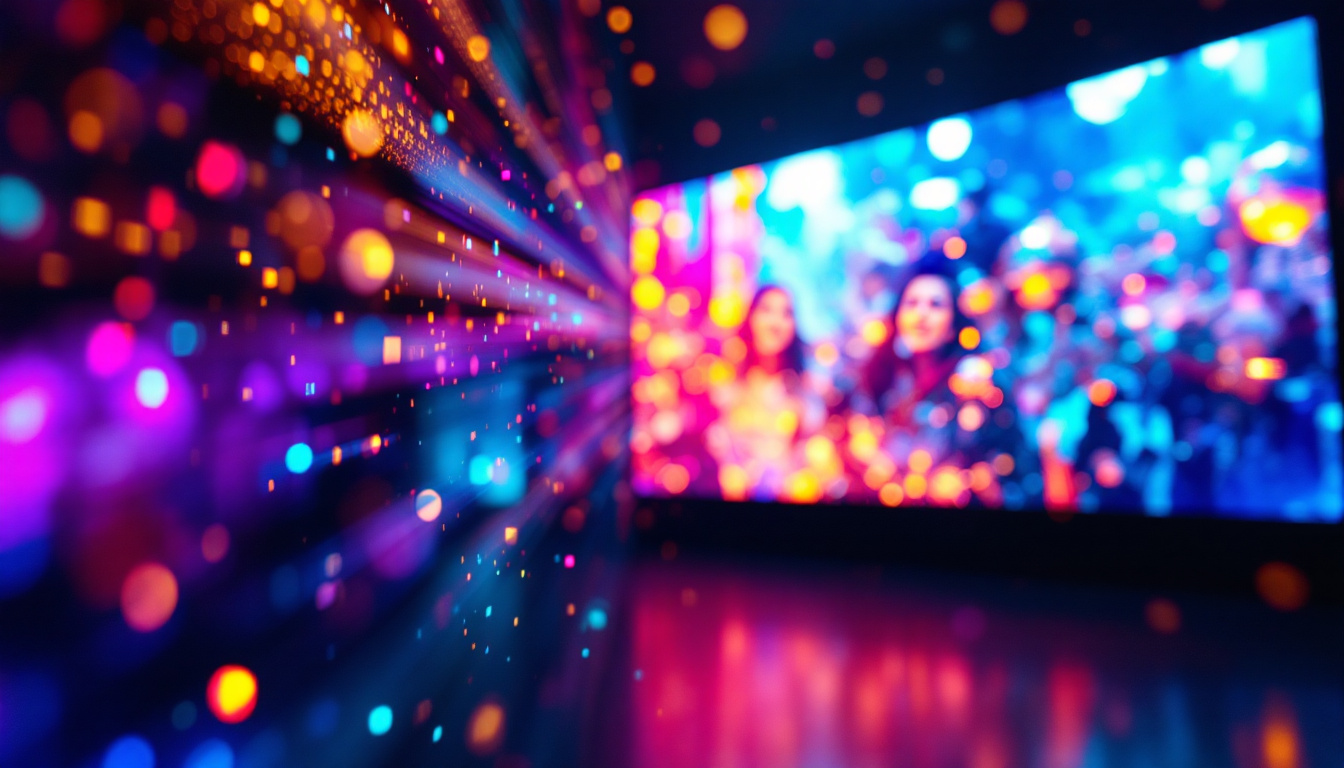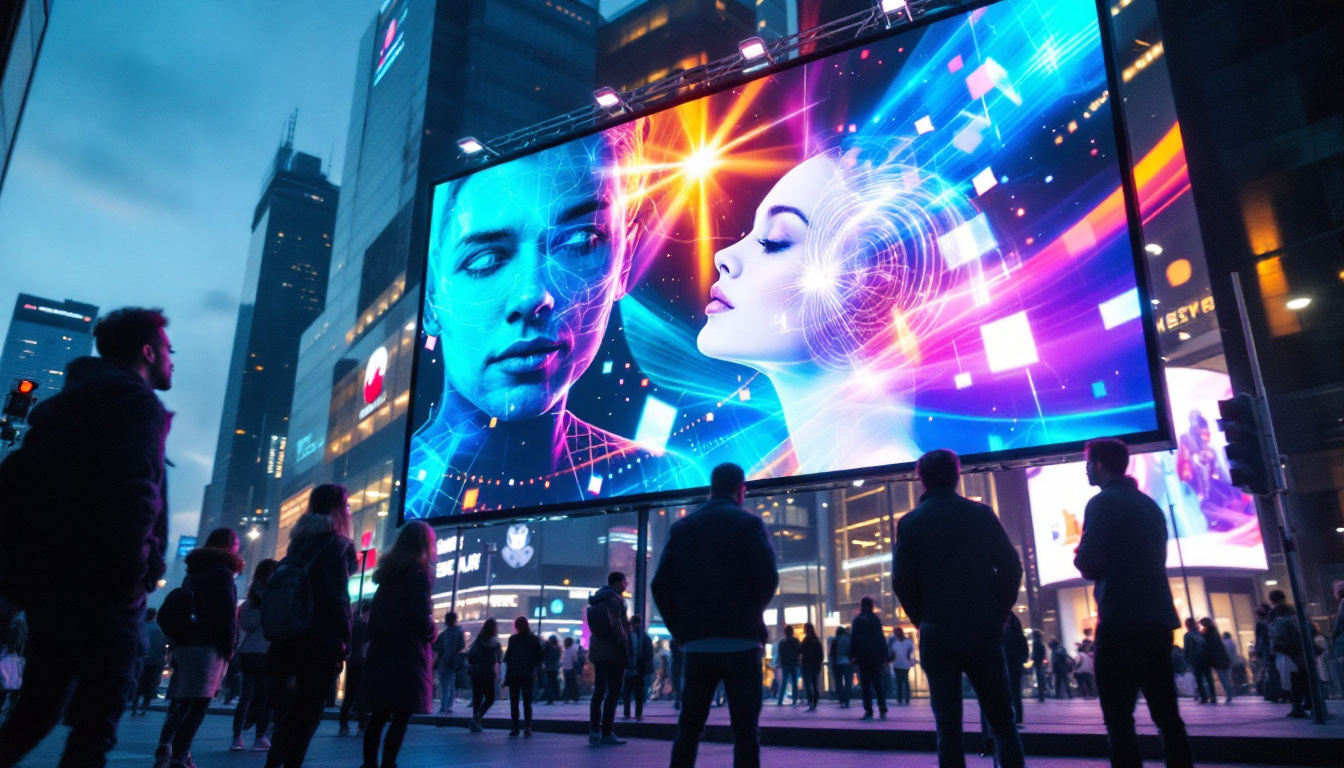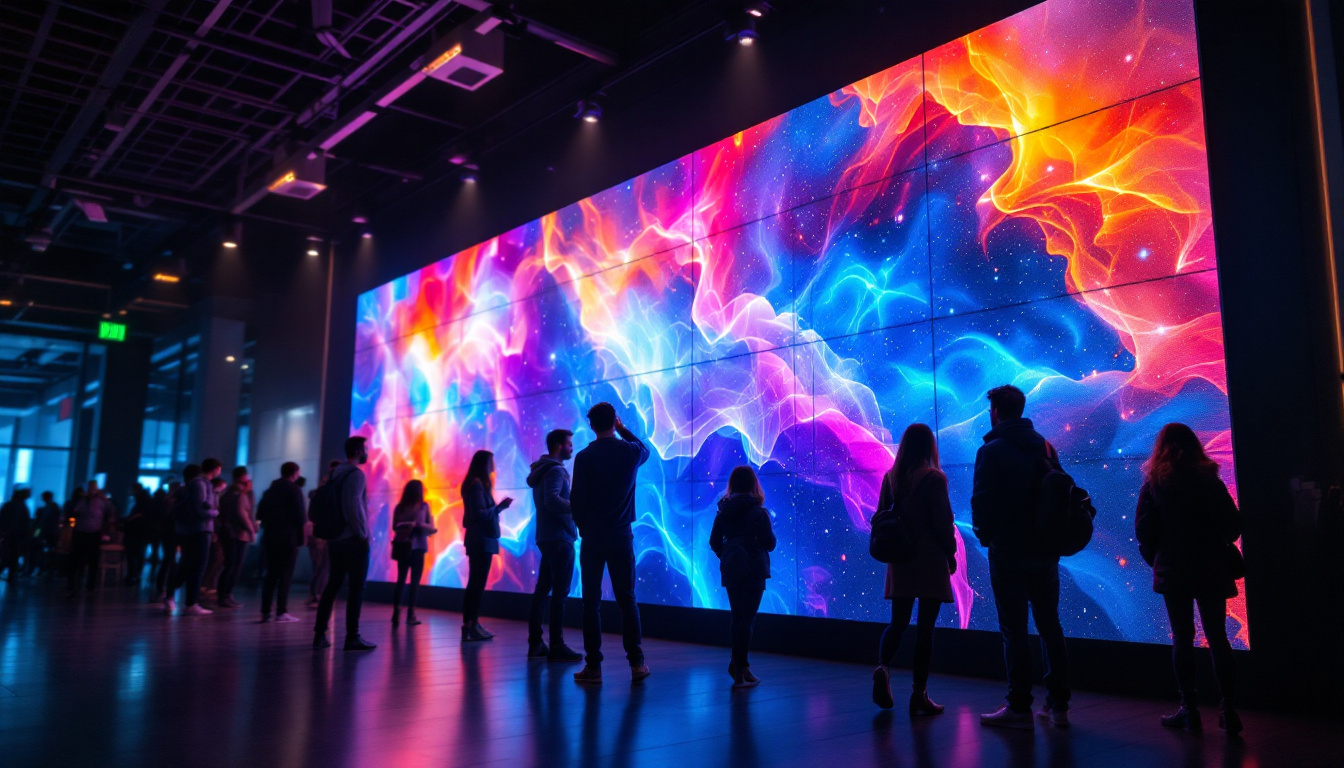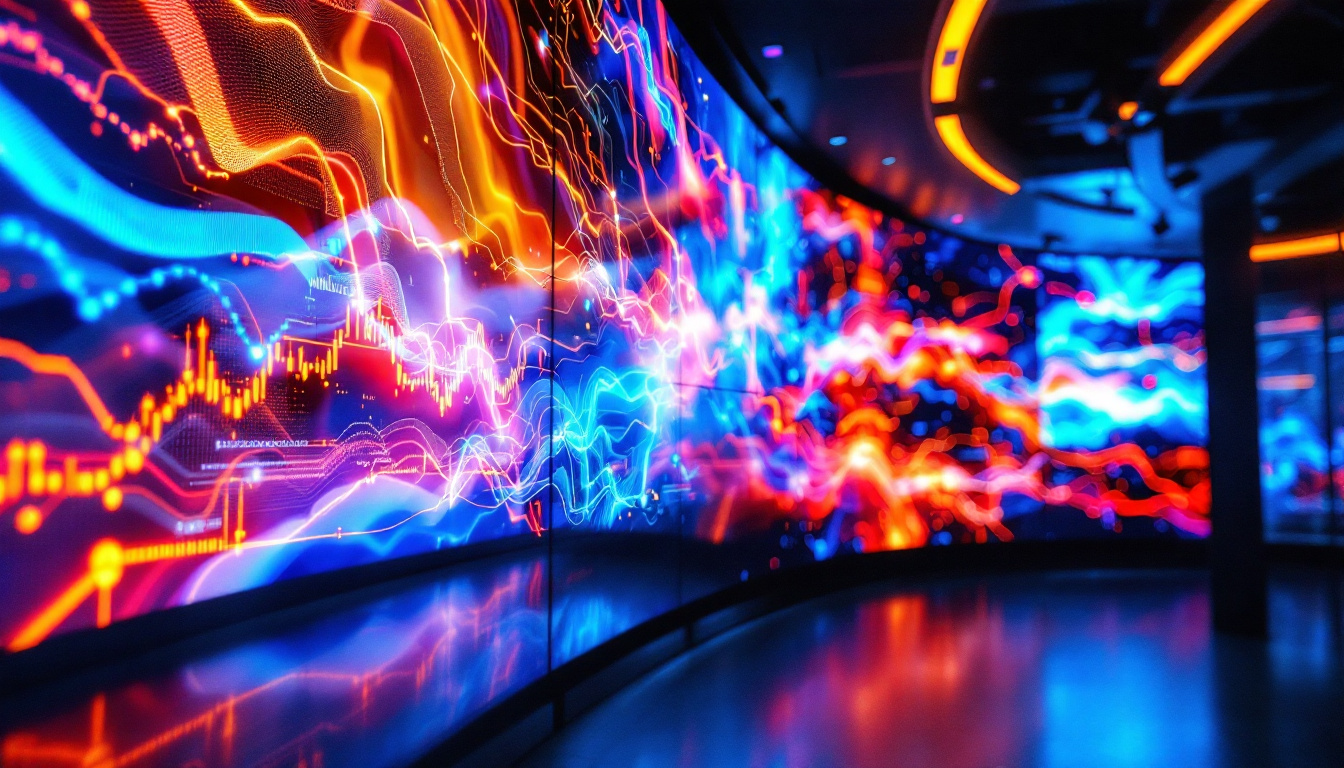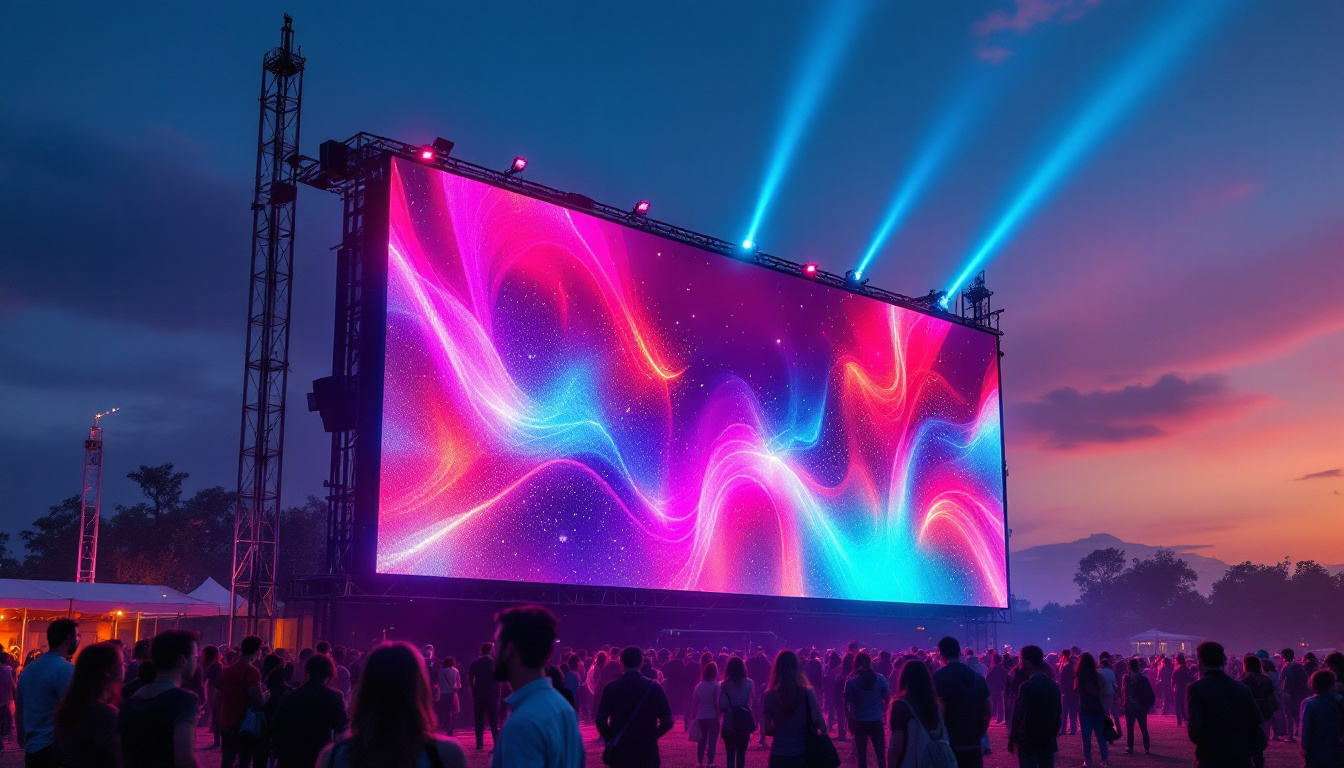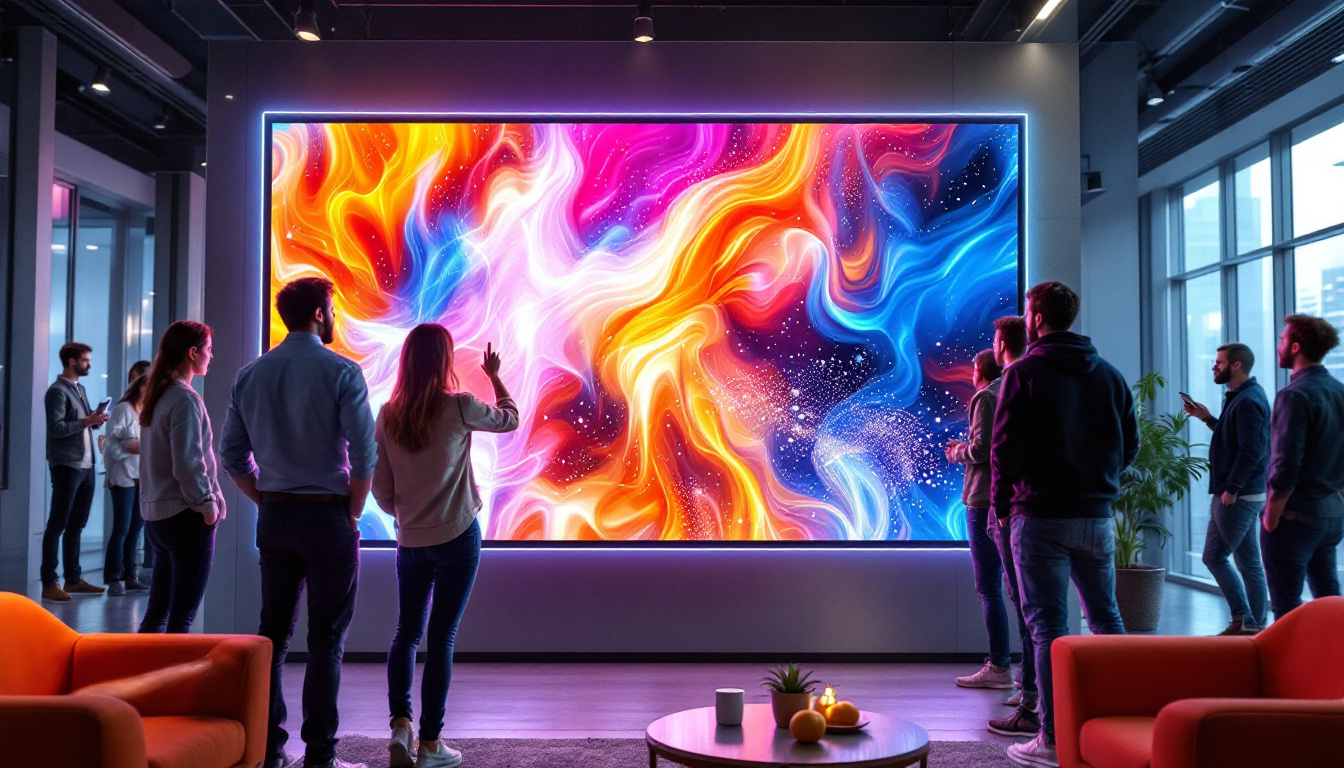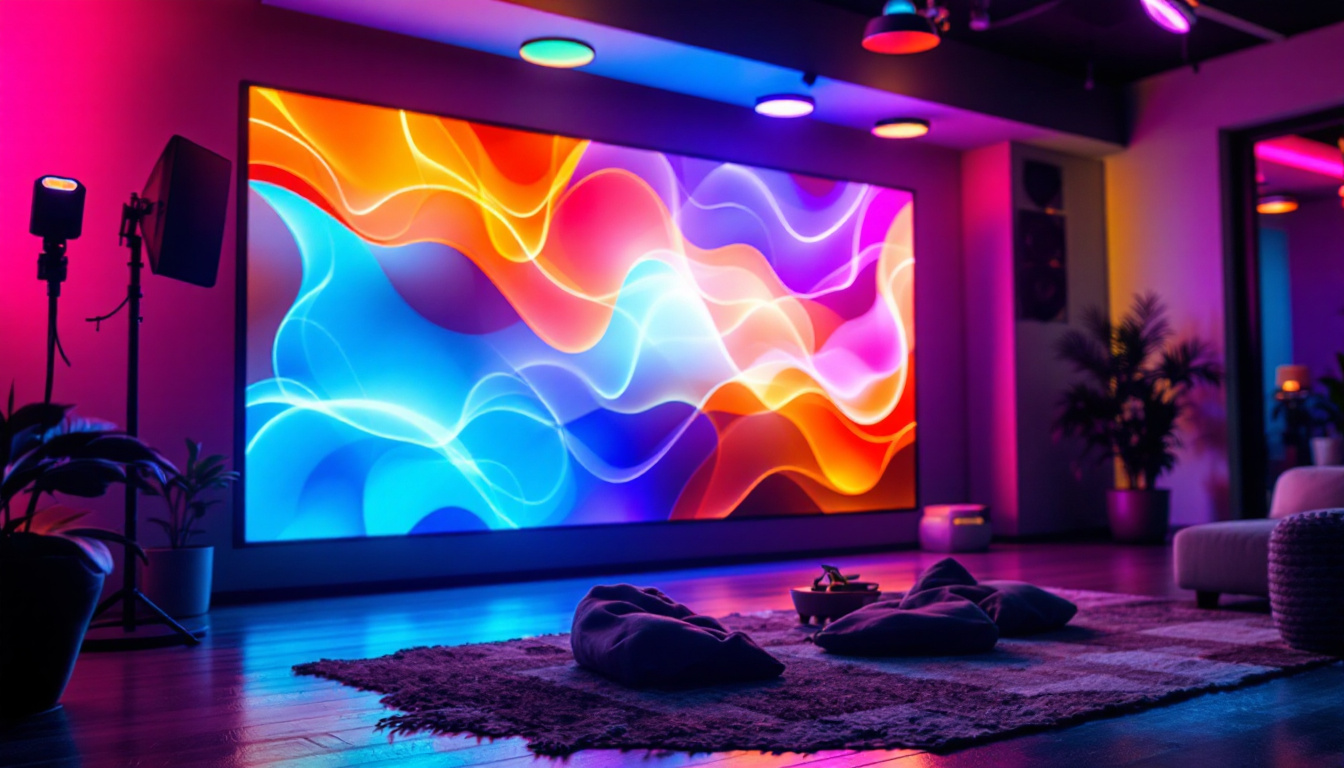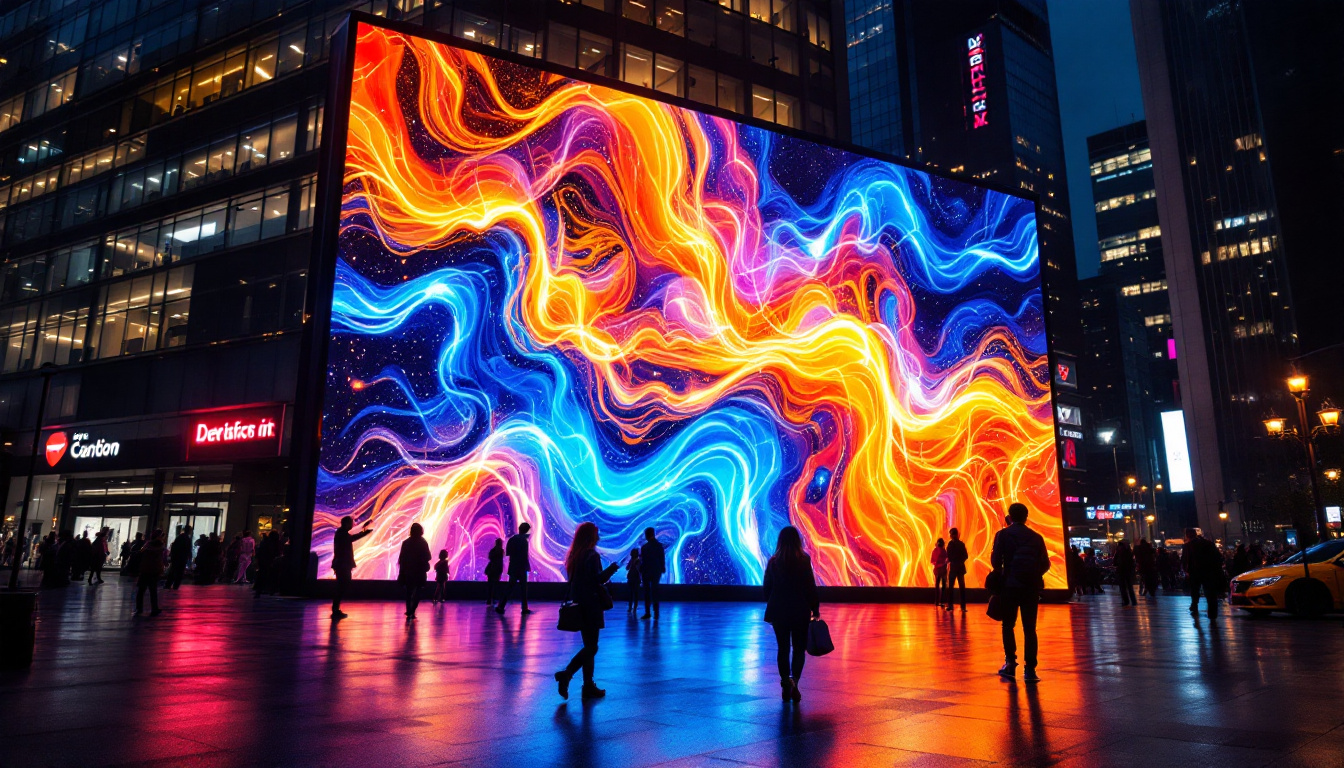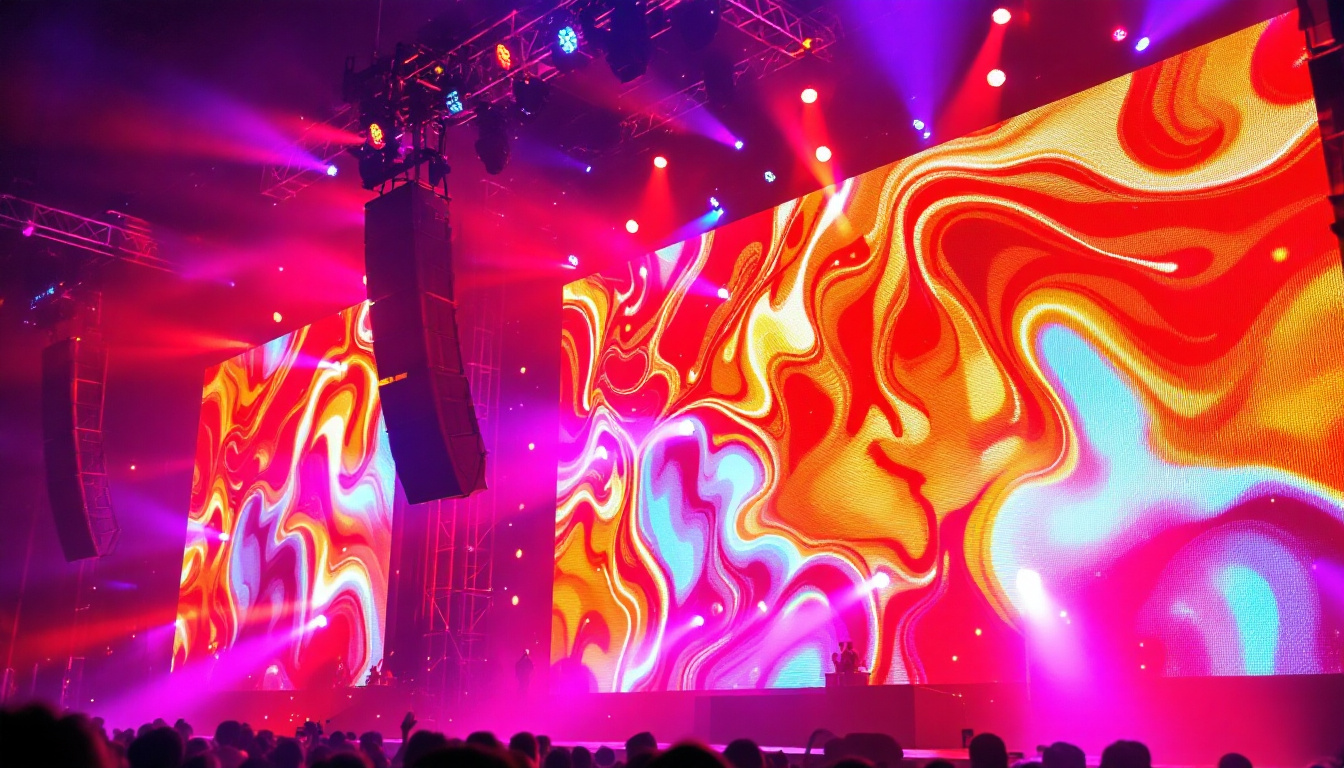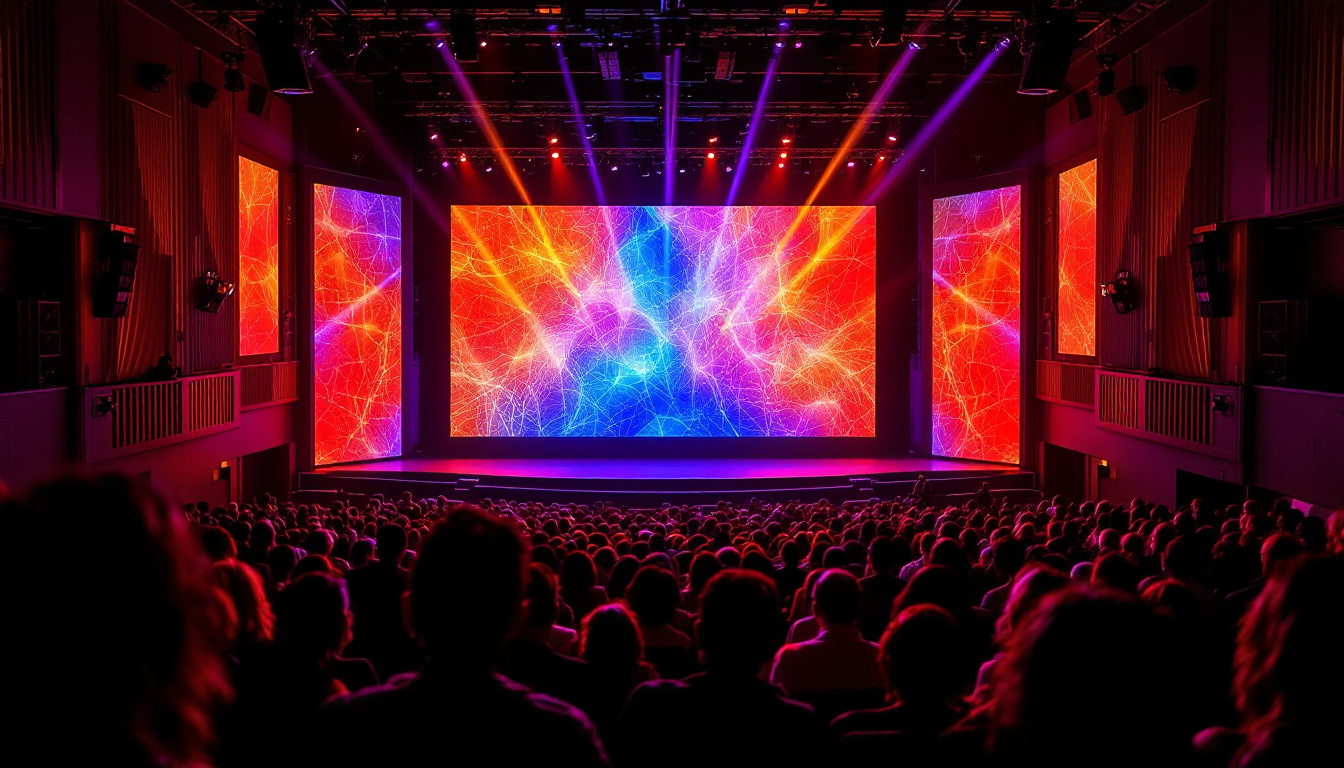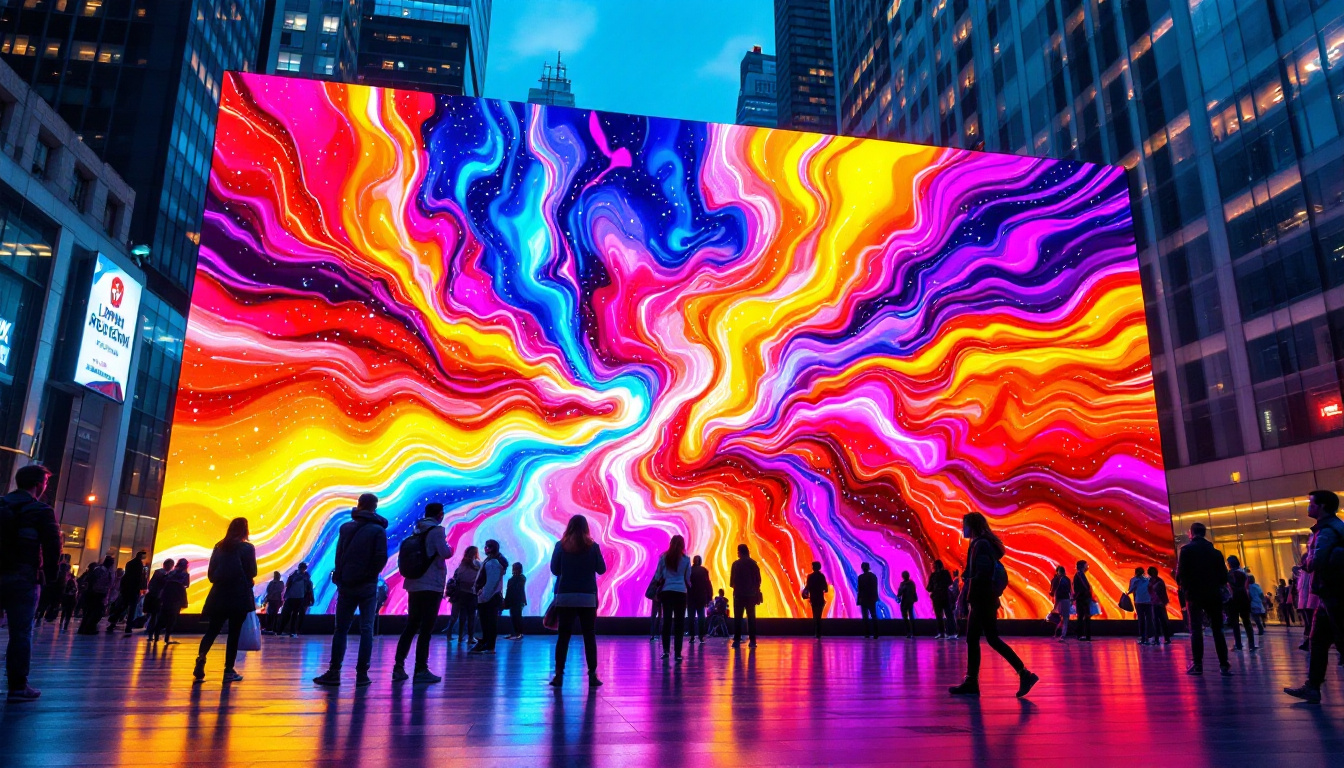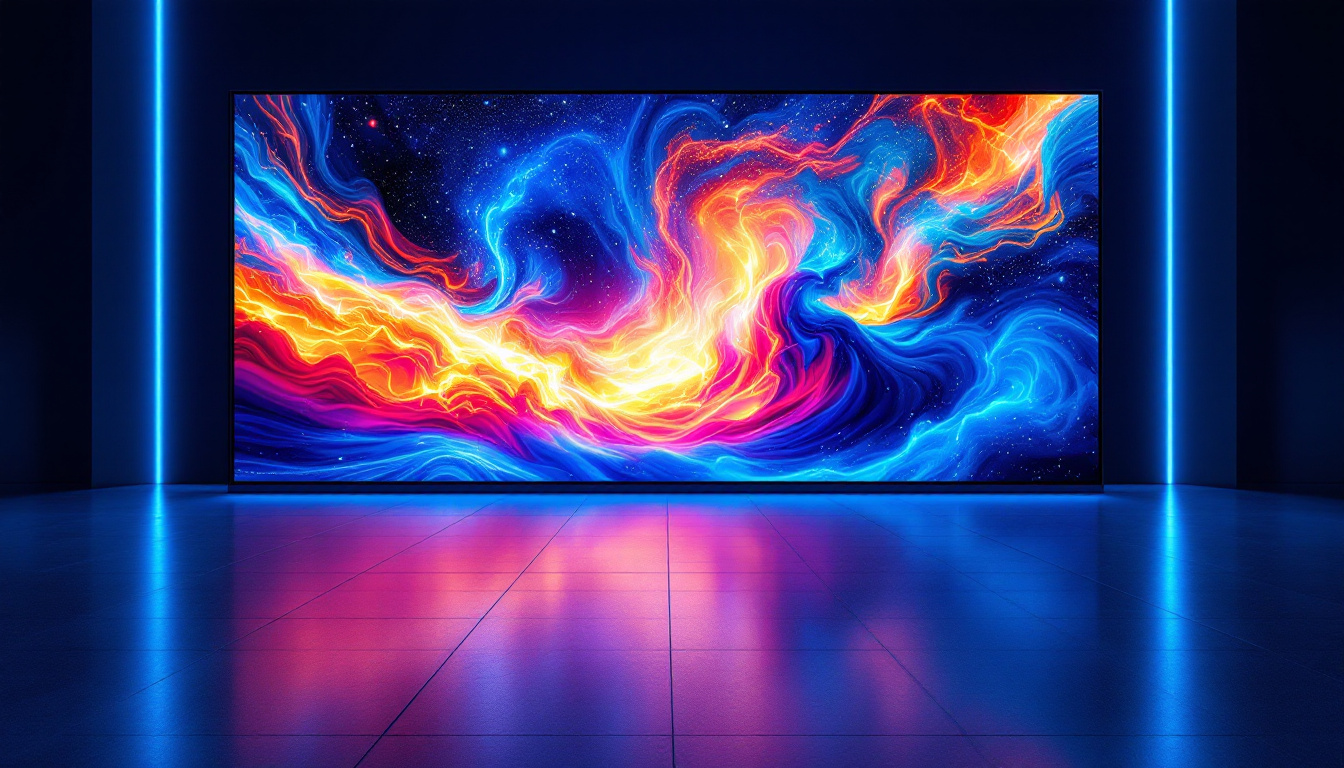Largest LED Display In The World: LED Display Explained
In recent years, LED technology has revolutionized the way we display information and entertainment. From billboards to stadium screens, LEDs have become the preferred choice for vibrant, high-resolution displays. Among these innovations, the largest LED display in the world stands out not only for its size but also for its technological advancements. This article delves into the details of this remarkable display, exploring its features, applications, and the technology behind it.
The Record-Breaking Display
The title of the largest LED display in the world is currently held by the LED screen located in Times Square, New York City. This massive screen measures an astonishing 24,000 square feet, making it a monumental landmark in one of the busiest commercial intersections in the world. The display is not just a marvel of size; it also boasts cutting-edge technology that enhances its visual performance.
Dimensions and Specifications
Measuring approximately 110 feet high and 200 feet wide, the Times Square LED display is a sight to behold. The screen utilizes a pixel pitch of 10mm, which allows for high-definition imagery and video playback. This pixel density ensures that even from a distance, the visuals remain sharp and clear, captivating the attention of millions of passersby each day.
In addition to its impressive size, the display features advanced brightness capabilities, reaching up to 5,000 nits. This high brightness level ensures that the screen remains visible even in direct sunlight, making it ideal for outdoor environments. The display is also designed to withstand harsh weather conditions, ensuring longevity and reliability. Its robust construction includes weatherproofing and anti-glare technology, which further enhances its performance in varying light conditions, making it a true marvel of engineering.
Technological Innovations
The technology behind the largest LED display is a culmination of years of research and development in the field of digital signage. Utilizing a combination of LED modules, the display is capable of producing a wide range of colors and dynamic content. Each module consists of tiny LED lights that can be individually controlled, allowing for stunning visual effects and animations.
Moreover, the display incorporates advanced software that enables real-time content management. This means that advertisers and content creators can update their messages instantly, tailoring their content to specific audiences or events. The flexibility offered by this technology has made the display a popular choice for brands looking to make a significant impact. In addition to commercial advertising, the screen also serves as a platform for public service announcements and artistic displays, showcasing the vibrant culture of New York City. The ability to switch between different types of content in real-time has transformed the way information is shared in urban environments, making the display not just a marketing tool but also a vital part of the city’s communication landscape.
Applications of the Largest LED Display
The applications of the largest LED display extend far beyond traditional advertising. While it is undoubtedly a prime location for brands to showcase their products, it also serves various other purposes that contribute to its status as a cultural landmark.
Advertising and Branding
One of the primary uses of the Times Square LED display is advertising. Major brands from around the world pay substantial sums to feature their advertisements on this iconic screen. The high foot traffic in Times Square means that millions of people are exposed to these ads daily, making it a highly effective marketing platform.
Brands often create visually stunning advertisements specifically designed for the LED format, utilizing the screen’s capabilities to engage viewers. This has led to some of the most memorable advertising campaigns in history, where creativity meets technology in a vibrant display of color and motion. The dynamic nature of LED displays allows for real-time updates, enabling brands to tailor their messages based on audience engagement or current events, further enhancing their marketing strategies.
Entertainment and Events
Beyond advertising, the LED display is often used for entertainment purposes. During major events, such as New Year’s Eve celebrations, the screen becomes a focal point for live broadcasts, showcasing performances and countdowns. Its ability to display high-definition video makes it an ideal platform for live events, drawing crowds and enhancing the overall experience.
Additionally, the display is used to promote local events, concerts, and community initiatives, fostering a sense of connection among residents and visitors alike. This versatility has solidified its role as a central hub for entertainment in New York City. Special features, such as interactive displays and augmented reality experiences, have also emerged, allowing spectators to engage with the content in innovative ways, making each visit to Times Square a unique experience.
Public Information and Safety
Another significant application of the LED display is the dissemination of public information. In times of emergencies, the screen can be used to relay important messages, such as weather alerts or safety instructions. This capability highlights the display’s role as not just a commercial tool, but also a vital resource for public safety.
Moreover, the display often features information about transportation, local news, and community announcements, making it a valuable asset for residents and tourists. Its ability to adapt to various informational needs showcases the multifunctional potential of LED technology. In addition to emergency alerts, the screen can also provide real-time updates on public transport schedules, helping commuters navigate the bustling city more efficiently. This integration of technology into everyday life exemplifies how the LED display serves as a bridge between the digital world and the physical environment, enhancing the urban experience for everyone who passes through Times Square.
The Technology Behind LED Displays
Understanding the technology behind LED displays is essential to appreciate their capabilities fully. The advancements in LED technology have made it possible to create large, high-resolution screens that are both energy-efficient and visually stunning. From advertising billboards to stadium screens, LED displays have transformed the way we experience visual content in public spaces.
How LED Technology Works
LED stands for Light Emitting Diode, a semiconductor device that emits light when an electric current passes through it. In LED displays, thousands of these diodes are arranged in a grid to form pixels. Each pixel can produce a range of colors by combining red, green, and blue (RGB) light, allowing for the creation of full-color images and videos. The precision with which these diodes can be controlled means that LED displays can produce vibrant colors and deep contrasts, making them ideal for both indoor and outdoor settings.
The modular design of LED displays enables scalability, meaning they can be built to virtually any size. This flexibility is one of the key reasons why the largest LED display in the world was able to achieve its massive dimensions. Each module can be replaced or repaired independently, ensuring minimal downtime and maintenance costs. Moreover, advancements in pixel pitch technology have allowed for closer pixel spacing, resulting in higher resolution displays that can be viewed from shorter distances without losing image quality.
Energy Efficiency and Sustainability
One of the significant advantages of LED technology is its energy efficiency. Compared to traditional display technologies, such as LCD or projection, LED displays consume significantly less power. This not only reduces operational costs for businesses but also contributes to a lower carbon footprint. Additionally, LED displays have a longer lifespan, often lasting tens of thousands of hours, which further enhances their sustainability by reducing the frequency of replacements.
Furthermore, many LED displays are designed with sustainability in mind. Manufacturers are increasingly using recyclable materials and implementing eco-friendly practices in production. This shift towards sustainability is essential in today’s environmentally conscious society, where consumers and businesses alike are prioritizing green initiatives. Some LED displays even incorporate smart technology that adjusts brightness based on ambient light conditions, further optimizing energy use. As the demand for sustainable solutions grows, the LED display industry is poised to lead the way in creating innovative technologies that align with environmental goals while delivering exceptional visual experiences.
The Future of LED Displays
The future of LED displays looks promising, with continuous advancements in technology paving the way for even more innovative applications. As the demand for high-quality visual content grows, so does the potential for LED displays in various sectors.
Emerging Trends
One emerging trend in the LED display industry is the integration of artificial intelligence (AI) and machine learning. These technologies can enhance content management and personalization, allowing for more targeted advertising and improved user experiences. For instance, AI can analyze viewer behavior and preferences, tailoring content to maximize engagement.
Another trend is the development of transparent LED displays, which offer the ability to overlay digital content on physical objects. This technology opens up new possibilities for advertising and artistic expression, allowing brands to create immersive experiences that blend the digital and physical worlds.
Global Expansion
As LED technology becomes more accessible, global expansion is inevitable. Cities around the world are investing in large-scale LED displays for advertising, entertainment, and public information. This trend is not limited to urban centers; smaller towns and communities are also beginning to adopt LED technology to enhance local engagement and promote events.
The growth of LED displays in various markets signifies a shift towards more dynamic and interactive forms of communication. As technology continues to evolve, the potential applications for LED displays will only expand, creating exciting opportunities for businesses and communities alike.
Conclusion
The largest LED display in the world is a testament to the incredible advancements in display technology and its applications. From advertising to public safety, the versatility of LED displays has transformed the way information is shared and experienced. As technology continues to evolve, the future of LED displays promises to be even more dynamic and engaging, paving the way for new innovations and experiences.
Whether it’s captivating audiences with stunning visuals or providing crucial information in real-time, the impact of LED displays on our daily lives is undeniable. As cities around the globe embrace this technology, the potential for creativity and communication will only continue to grow, making LED displays an integral part of the modern landscape.
Illuminate Your Message with LumenMatrix
As you’ve seen, the power of LED displays in transforming spaces and experiences is unparalleled. If you’re inspired to elevate your brand’s visibility and create immersive visual experiences, look no further than LumenMatrix. Our extensive range of innovative LED display solutions, including Indoor and Outdoor LED Wall Displays, Vehicle LED Displays, LED Poster Displays, LED Sports Displays, Floor LED Displays, Custom LED Displays, All-in-One LED Displays, and LED Transparent Displays, are designed to captivate your audience and communicate your message with vivid clarity. Embrace the future of visual communication with LumenMatrix and make a lasting impression. Check out LumenMatrix LED Display Solutions today and see how we can help you shine.

